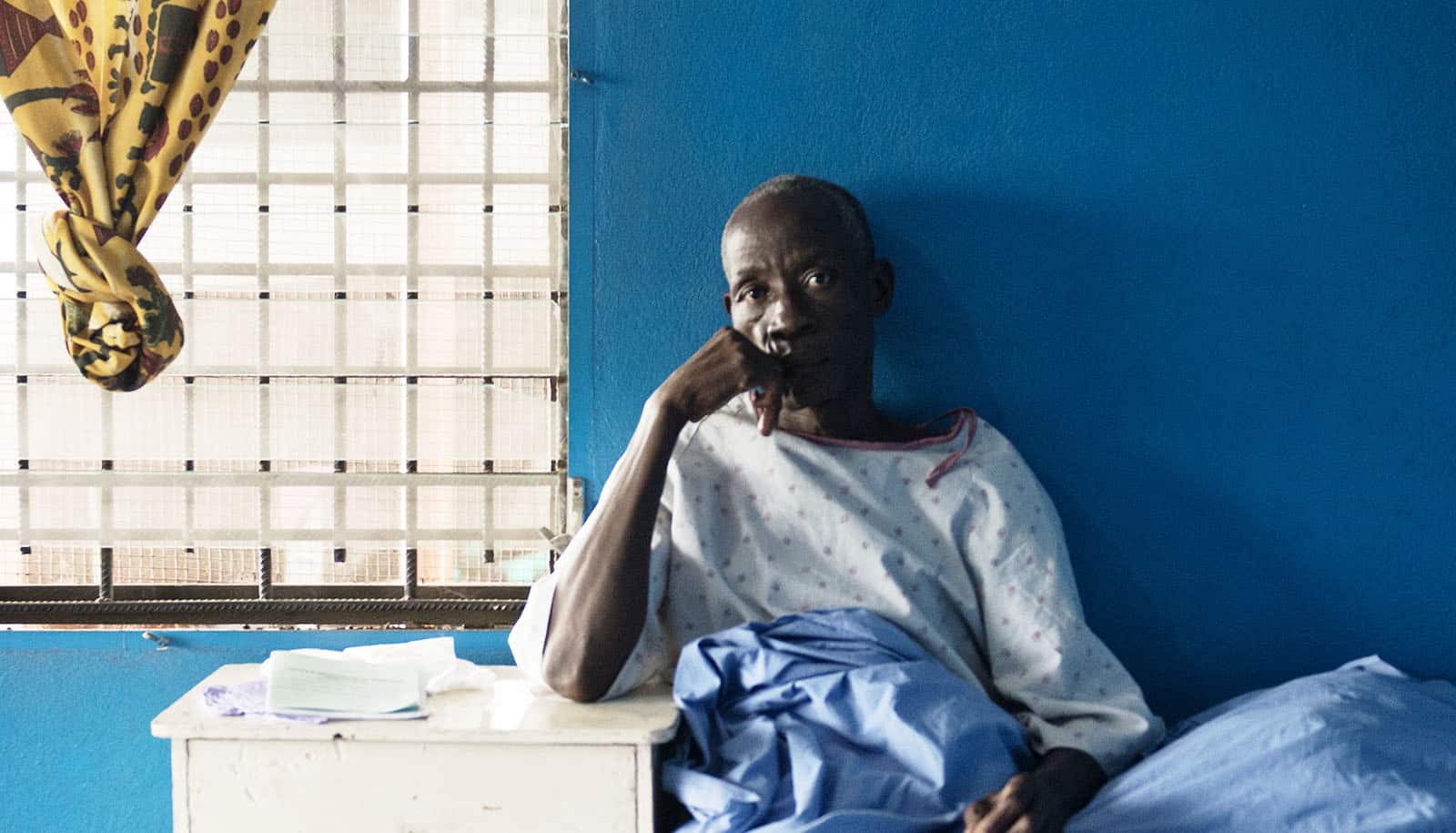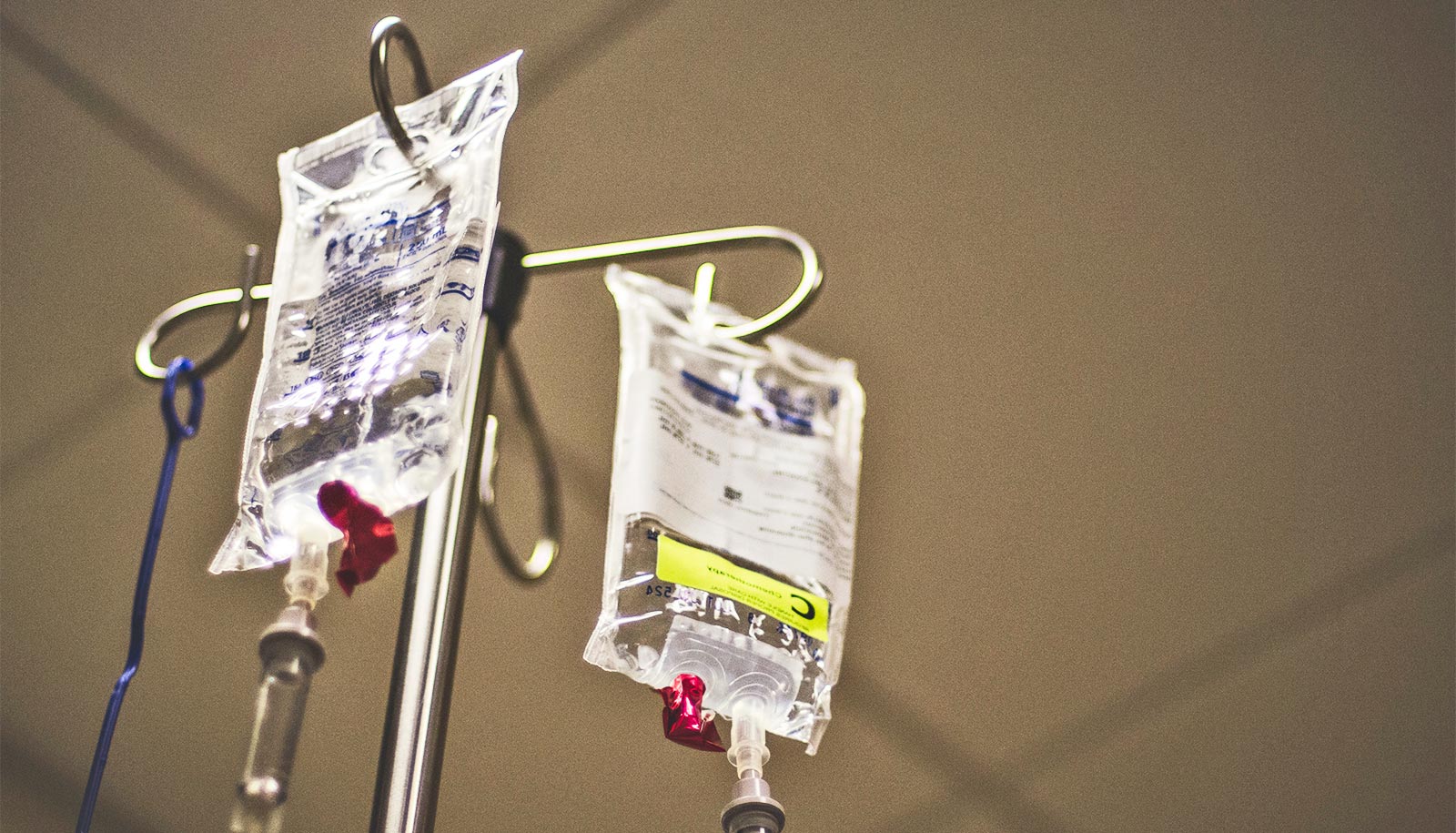The Ebola outbreak that spread across western Africa in 2014 ultimately killed more than 11,000 people. In the Republic of Guinea, the epicenter of the epidemic, around 60 percent of those infected with Ebola died.
While the outbreak taught physicians and scientists much about Ebola, it’s not clear why some survived and others didn’t.
Researchers know that some obvious factors, like supportive hospital care, improve prognosis. They also know that high viral load—the amount of virus present in the body—is frequently associated with death. But these factors alone didn’t account for all those who survived or succumbed to the disease, and they didn’t always predict who would live or die.
Now, a team of researchers has discovered a biomarker that can help predict the progression of the disease: a handful of genes that are over-activated in patients who succumb to it.
Ebola vaccine is 100% effective after 10 days
These genes indicate an overly aggressive primary immune response, which can damage organs—particularly the liver—and, paradoxically, may hamper a more targeted immune response.
The research, published in the journal Genome Biology, suggests a new type of blood test that, while still in the preliminary stages of development, might be useful in future outbreaks to steer patients to the best treatment.
“The study suggests that something about the way people respond to infection affects their chance of survival,” says corresponding author John Connor, associate professor of microbiology at Boston University’s National Emerging Infectious Diseases Laboratories. “We can get a sense of who will survive and who won’t, and we can get it earlier. This is the first study of this type ever done on this scale.”
Connor and Emily Speranza, a PhD candidate in bioinformatics, became involved with this research when scientists in England contacted Connor’s lab, asking for help interpreting data. The Liverpool scientists, in conjunction with Public Health England, had been analyzing blood samples from Ebola victims that had been collected and preserved during the outbreak. They had a wealth of data from the samples, including measurements of mRNA in patients’ blood—a good indicator of gene activity.
The upper hand
The English scientists, who noticed that the mRNA produced by Ebola victims corresponded to genes involved with the human immune response, contacted Connor’s lab because he had studied the same immune response in monkeys. “We were excited to be part of the analysis team,” says Connor.
Researchers correlated the mRNA in 128 samples to 10 genes, all of which were activated in patients who had died. When they looked for the biomarkers in an unrelated set of blood samples, they found the test to be 70 percent accurate; in other words, 70 percent of the patients were correctly predicted to survive or succumb to the disease based on the biomarkers.
They also found evidence of activation in genes that make albumin and fibrinogen, indicators of severe liver damage.
“Albumin and fibrinogen are only produced in the liver, so the mRNA’s for those proteins are usually only found in the liver,” Speranza says. “When you see really high levels of those in the blood, that means that the liver cells are busting open and spilling their contents into the bloodstream.”
Immune system may be key to Ebola survival
Because the liver produces many critical molecules for the body, including proteins that allow blood to clot, the liver’s demise may be what gives the virus the upper hand in some patients.
Connor believes that, while this study used samples from the 2014 outbreak, which involved only the Makona strain of the virus, the same or similar biomarkers are likely to appear with other strains of Ebola. Overall, the research gives more insight into who the disease kills and who it spares.
“The nature of the victim’s immune response has something to do with it, but the information we got from these samples is a one-time snapshot,” says Connor, who notes that the blood samples show victims at both early and late stages of the disease, so they may not give a full picture of the immune response.
“This study gives us an important piece of information,” he adds, “but it doesn’t solve the whole puzzle.”
The United Kingdom’s National Institute for Health Research and the US Food and Drug Administration funded the study.
Source: Boston University



